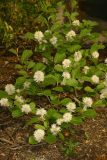Additional notes (click to expand)
Commemorative
This small shrub with fragrant, white bottlebrush fl owers, was named by Linnaeus (1707–78) in 1774 in homage to the Quaker physician Dr John Fothergill LRCP FRCPE FRS (1712–80), the greatest plant and shell collector of the age. Fothergill was born in Yorkshire and commenced as an
apprentice apothecary in 1728, but proceeded to Edinburgh University, where he qualifi ed as a doctor in 1736 with a doctoral thesis on De emeticorum usu in variis morbis tractandis (Of the
use of emetics in various illnesses, 1736). He then took what would now be called a ‘gap year’ (but of four years) travelling around Europe, before starting medical practice in London in 1740. Fothergill became a licentiate of the Royal College of Physicians in 1744, and his Quaker friends helped him in his practice. He lectured on mouth-to-mouth resuscitation at the Royal Society (1745); published as Observations on a case ... of recovering a man dead in appearance by distending the lungs with air; published the fi rst account of diphtheria, An account of the sore throat attended with ulcers (1748 – the 5th and subsequent editions were entitled An account of the putrid sore throat); and described trigeminal neuralgia, Of a painful affection of the face (1776).
He became extremely successful with an income of over £7,000 a year and purchased a large estate at Upton, now West Ham Park, with a fi ve-acre walled garden. Fothergill spared no expense to obtain and cultivate exotic plants from all over the world for his garden, which was visited by international dignitaries and botanists. His greenhouse extended for 80 metres and contained over 3,000 species. He had the fl owers painted and on his death the collection of around 2,000 paintings was sold, ending up with the Empress of Russia. He was elected to the FRCPE in 1754 and FRS in June 1763, with numerous honours from overseas. He campaigned against slavery, tried to act as an intermediary to prevent the American War of Independence, set up schools for the poor, and worked with the prison reformer, John Howard. He died from ‘suppression of urine’,
presumably from a urinary calculus (Munk, 1878; Elliott, 1781).
Oakeley, Dr. Henry. (2012). Doctors in the Medicinal Garden. Plants named after physicians. Royal College of Physicians.
link
Horticulture
A member of the family Hamamelidaceae, this deciduous, hardy shrub from the
coastal plains of south-east USA forms a small, spreading clump in a raised bed
in dappled shade in the Medicinal Garden. Bottle-brush shaped spikes of white
flowers appear in spring and the leaves blush red and orange in autumn. They
prefer slightly acidic, damp soil, which is rich in organic matter. We mulch with
well-rotted compost and leaf mould annually and prune out dead and damaged
wood after flowering. Cold, drying winds can be damaging, so if possible a
sheltered site should be chosen (Clare Beacham).
Oakeley, Dr. Henry. (2012). Doctors in the Medicinal Garden. Plants named after physicians. Royal College of Physicians.
link
Geographical distribution
- Northern America, Southeastern U.S.A., Alabama
- Northern America, Southeastern U.S.A., Florida
- Northern America, Southeastern U.S.A., Georgia
- Northern America, Southeastern U.S.A., North Carolina
- Northern America, Southeastern U.S.A., South Carolina
- Northern America, Southeastern U.S.A., Virginia
Fothergilla gardenii L.
Family: HAMAMELIDACEAEGenus: Fothergilla
Species: gardenii L.
Common names: Dwarf witch-alder
Distribution summary: Southeastern U.S.A.
Habit: Shrub
Hardiness: H5 - Hardy; cold winter
Habitat: Moist woodland and riverbanks
Garden status: Currently grown
Garden location: North America (A)
Flowering months: April, May
Reason for growing: Commemorative
.JPG)
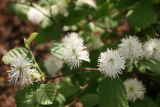
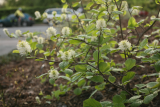


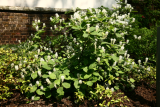
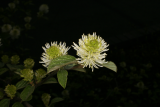

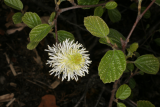
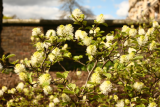
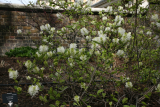
.JPG)
.JPG)
.JPG)
.JPG)
 (5).jpg)
.jpg)
.jpg)
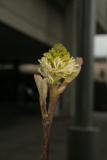

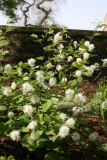
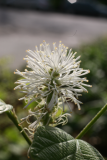
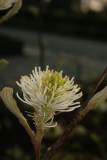
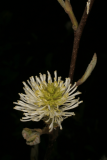
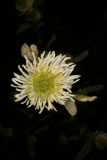
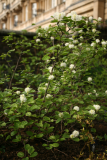
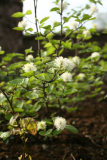
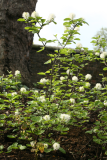
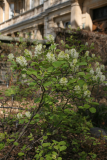
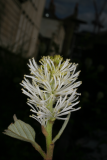
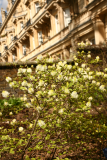
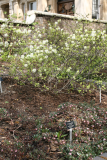
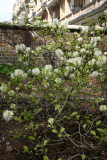
.JPG)
